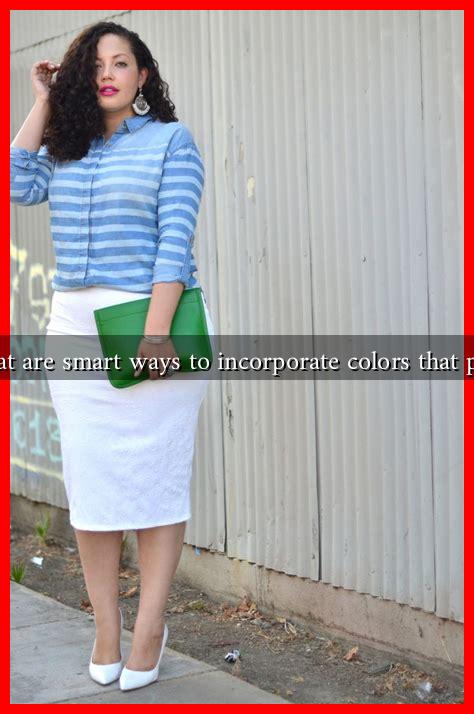-
Table of Contents
What are Smart Ways to Incorporate Colors That Pop?
Color is a powerful tool in design, marketing, and personal expression. When used effectively, colors that pop can draw attention, evoke emotions, and create memorable experiences. Whether you’re redecorating your home, designing a website, or planning a marketing campaign, understanding how to incorporate vibrant colors can significantly enhance your project. This article explores smart strategies for using colors that pop, supported by examples and insights.
Understanding Color Theory
Before diving into practical applications, it’s essential to grasp the basics of color theory. Colors can be categorized into three main groups:
- Primary Colors: Red, blue, and yellow are the foundation of all other colors.
- Secondary Colors: Created by mixing primary colors (e.g., green, orange, purple).
- Tertiary Colors: Formed by mixing primary and secondary colors (e.g., red-orange, blue-green).
Colors can also be classified as warm (reds, oranges, yellows) or cool (blues, greens, purples). Understanding these categories helps in creating a balanced palette that can effectively incorporate colors that pop.
Choosing a Color Palette
When selecting colors, consider using a color palette that includes a mix of neutral and vibrant shades. Here are some smart strategies:
- Complementary Colors: Use colors opposite each other on the color wheel (e.g., blue and orange) to create striking contrasts.
- Analogous Colors: Choose colors next to each other on the wheel (e.g., blue, blue-green, green) for a harmonious look with pops of color.
- Monochromatic Schemes: Use variations in lightness and saturation of a single color to create depth while still allowing for pops of brighter shades.
For example, a living room painted in soft gray can be accented with bright yellow cushions and artwork, creating a lively yet sophisticated atmosphere.
Incorporating Colors in Interior Design
In interior design, colors that pop can transform a space. Here are some effective methods:
- Accent Walls: Paint one wall in a bold color to create a focal point without overwhelming the room.
- Furniture and Accessories: Use colorful furniture pieces or accessories like rugs, curtains, and throw pillows to introduce vibrant hues.
- Artwork: Incorporate colorful artwork that complements your overall color scheme, adding personality and vibrancy to the space.
According to a study by the National Association of Realtors, homes with colorful interiors sell faster than those with neutral palettes, highlighting the impact of color on buyer perception.
Using Colors in Branding and Marketing
In branding, color plays a crucial role in consumer perception and behavior. Here are some smart ways to incorporate colors that pop in marketing:
- Brand Identity: Choose a primary color that reflects your brand’s personality. For instance, red is often associated with excitement and passion, while blue conveys trust and reliability.
- Call-to-Action Buttons: Use contrasting colors for buttons on websites to make them stand out. For example, a bright orange button on a blue background can significantly increase click-through rates.
- Social Media Graphics: Create eye-catching graphics using vibrant colors to enhance engagement and shares.
Research from HubSpot indicates that colored visuals increase a person’s willingness to read a piece of content by 80%, underscoring the importance of color in marketing strategies.
Conclusion
Incorporating colors that pop is an art that requires a balance of creativity and understanding of color theory. Whether in interior design or branding, the strategic use of vibrant colors can enhance aesthetics, evoke emotions, and drive engagement. By choosing the right color palette, utilizing accent pieces, and understanding the psychological impact of colors, you can create spaces and brands that resonate with your audience. Remember, the key is to experiment and find combinations that reflect your unique style while effectively communicating your message.
For more insights on color theory and its applications, consider visiting Color Psychology.

